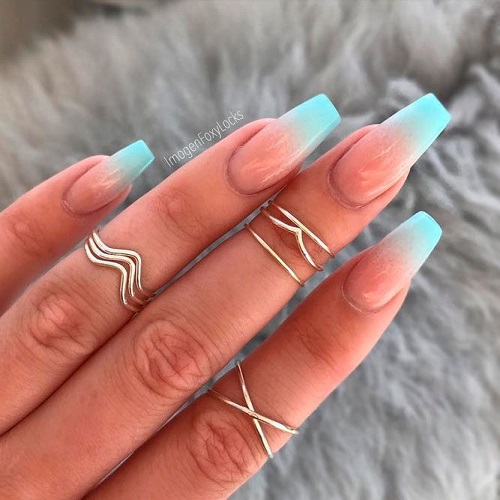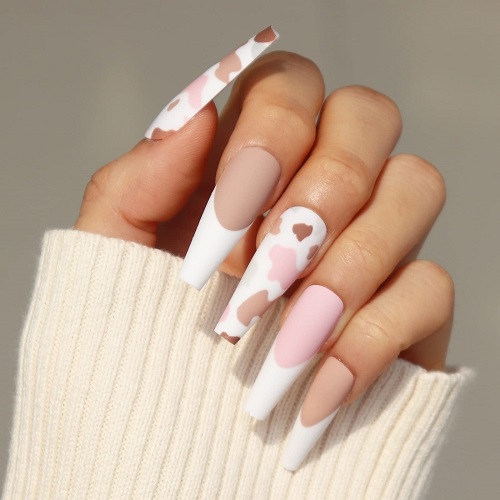Table of Contents
Nail holes can be quite an eyesore, but worry not! Whether you’ve recently moved into a new place or simply want to spruce up your existing walls, covering these unsightly blemishes is a breeze. In this article, we’ll walk you through the process of seamlessly covering nail holes in your walls, step by step.
Essential Materials
Before you dive into the task of concealing those nail holes, make sure you have all the necessary materials on hand. Here’s a comprehensive list of what you’ll need:
Spackle or Putty
To fill those nail holes, you’ll require spackle or putty. This paste-like substance hardens when it dries and can be sanded down to achieve a smooth finish.
Putty Knife
A putty knife is an indispensable tool for applying the spackle or putty to the nail holes. Be sure to choose a putty knife of suitable size to ensure an even application.
Sandpaper
After the spackle or putty has dried, you’ll need sandpaper to smooth the surface. It’s advisable to have sandpaper with varying levels of grit to achieve the desired finish.
Primer and Paint
Once you’re done with sanding, it’s time to apply primer and paint to the wall. Primer ensures that the paint adheres smoothly to the wall surface.
Paintbrush or Roller
To apply the paint evenly, you’ll need either a paintbrush or a roller, depending on your preference.
By gathering all the necessary materials before you begin, you’ll streamline the process of covering the nail holes in your walls.
Preparing the Wall
Properly preparing the wall before filling the nail holes is crucial for the spackle or putty to adhere effectively. Follow these steps to ensure optimal results:
Step 1: Clean the Wall Surface
Before you start, thoroughly clean the wall surface to remove any dust or debris. A damp cloth or sponge will do the trick.
Step 2: Gently Sand the Area Around the Nail Hole
Using sandpaper, gently sand the surface around each nail hole. This creates a rough texture that helps the spackle or putty adhere better.
By diligently following these preparation steps, you’ll create the ideal canvas for covering those nail holes. In the next section, we’ll guide you through the process of filling the holes.
Filling the Nail Holes
With the wall surface prepared, it’s time to fill those unsightly nail holes. We’ll outline two techniques to accomplish this:
Technique 1: Filling Nail Holes with Spackle
Spackle is perfect for smaller to medium-sized nail holes. Follow these steps for a flawless finish:
- Apply a small amount of spackle to the putty knife.
- Smoothly and evenly spread the spackle over the nail hole.
- With the putty knife, remove any excess spackle from the wall surface.
- Allow the spackle to dry completely.
- Sand the surface until it becomes smooth and flush with the wall.
Technique 2: Filling Nail Holes with Putty
For larger nail holes, putty is the preferred choice. Here’s how to do it:
- Apply a small amount of putty to the putty knife.
- Spread the putty smoothly and evenly over the nail hole.
- Use the putty knife to remove any surplus putty from the wall surface.
- Allow the putty to dry completely.
- Sand the surface until it becomes smooth and flush with the wall.
Tips and Tricks for a Flawless Result
Here are some helpful tips to ensure a seamless finish when filling those nail holes:
- Apply the spackle or putty evenly and smoothly on the wall surface.
- Choose the right-sized putty knife for an even application.
- For larger nail holes, apply putty in layers, allowing each layer to dry before adding the next.
- Sand the surface of the spackle or putty until it’s perfectly smooth and level with the wall.
- After sanding, use a damp cloth to remove any dust or debris from the wall surface.
By following these techniques and tips, you’ll achieve a pristine finish when covering those nail holes. In the next section, we’ll guide you through sanding and painting the wall surface, completing the process of concealing the nail holes.






